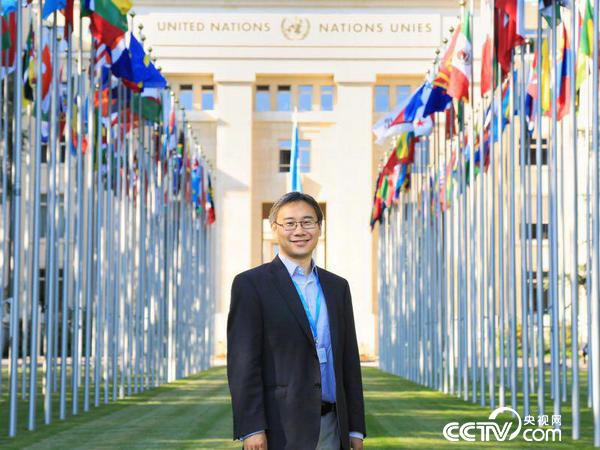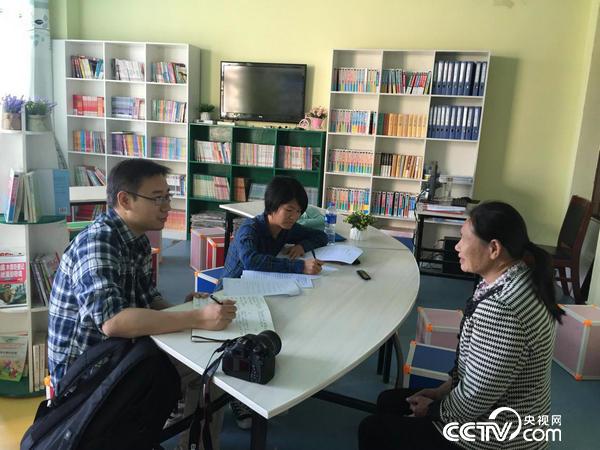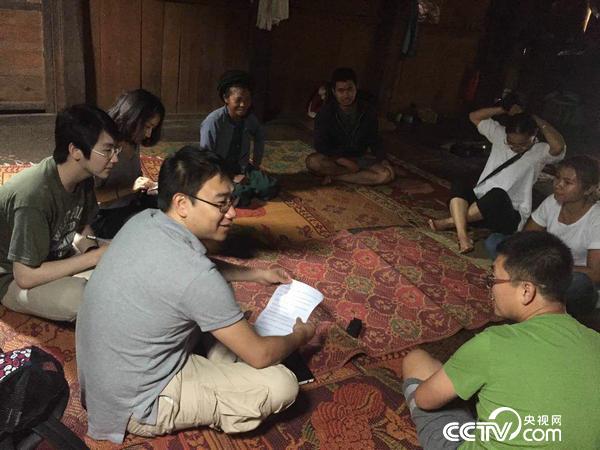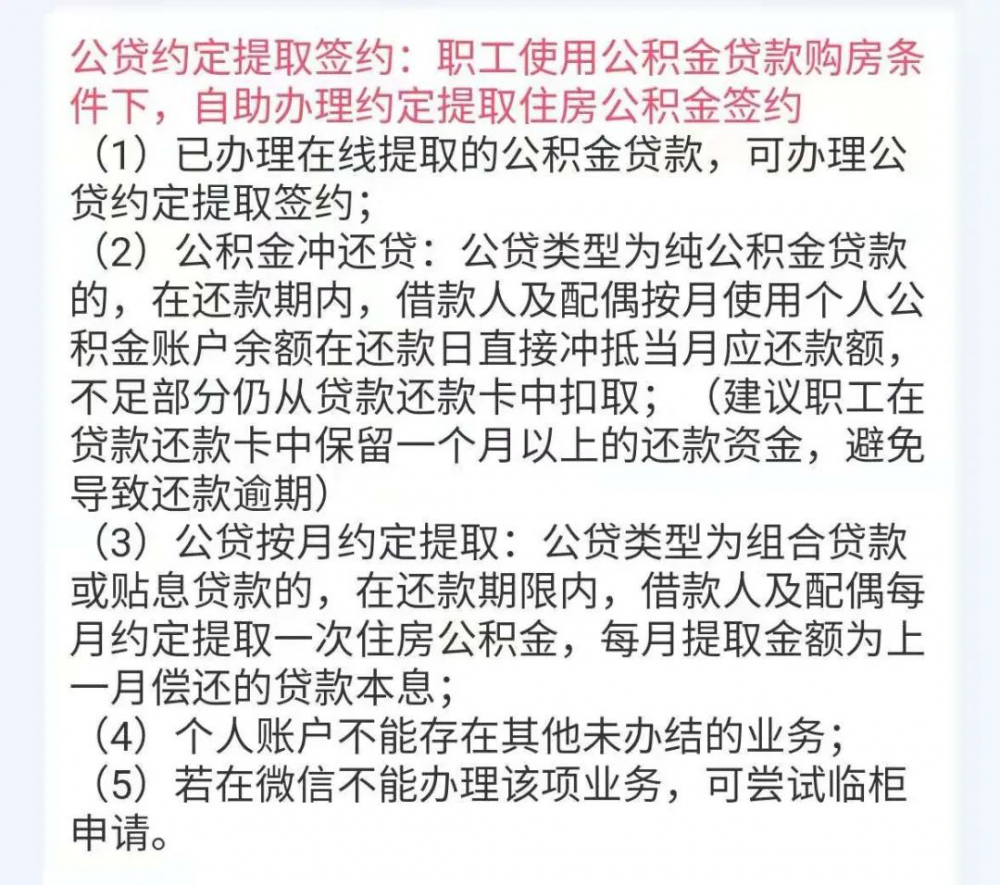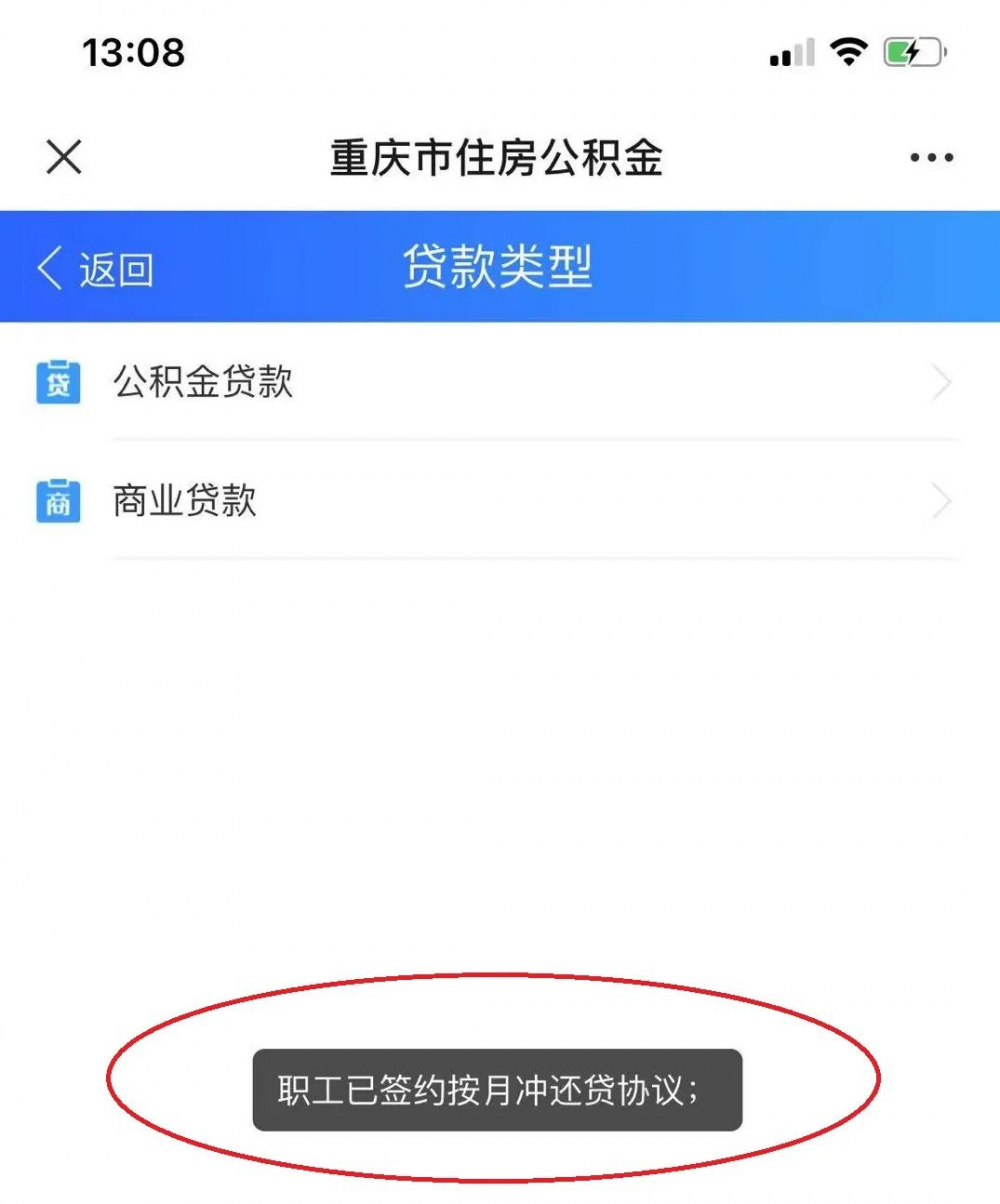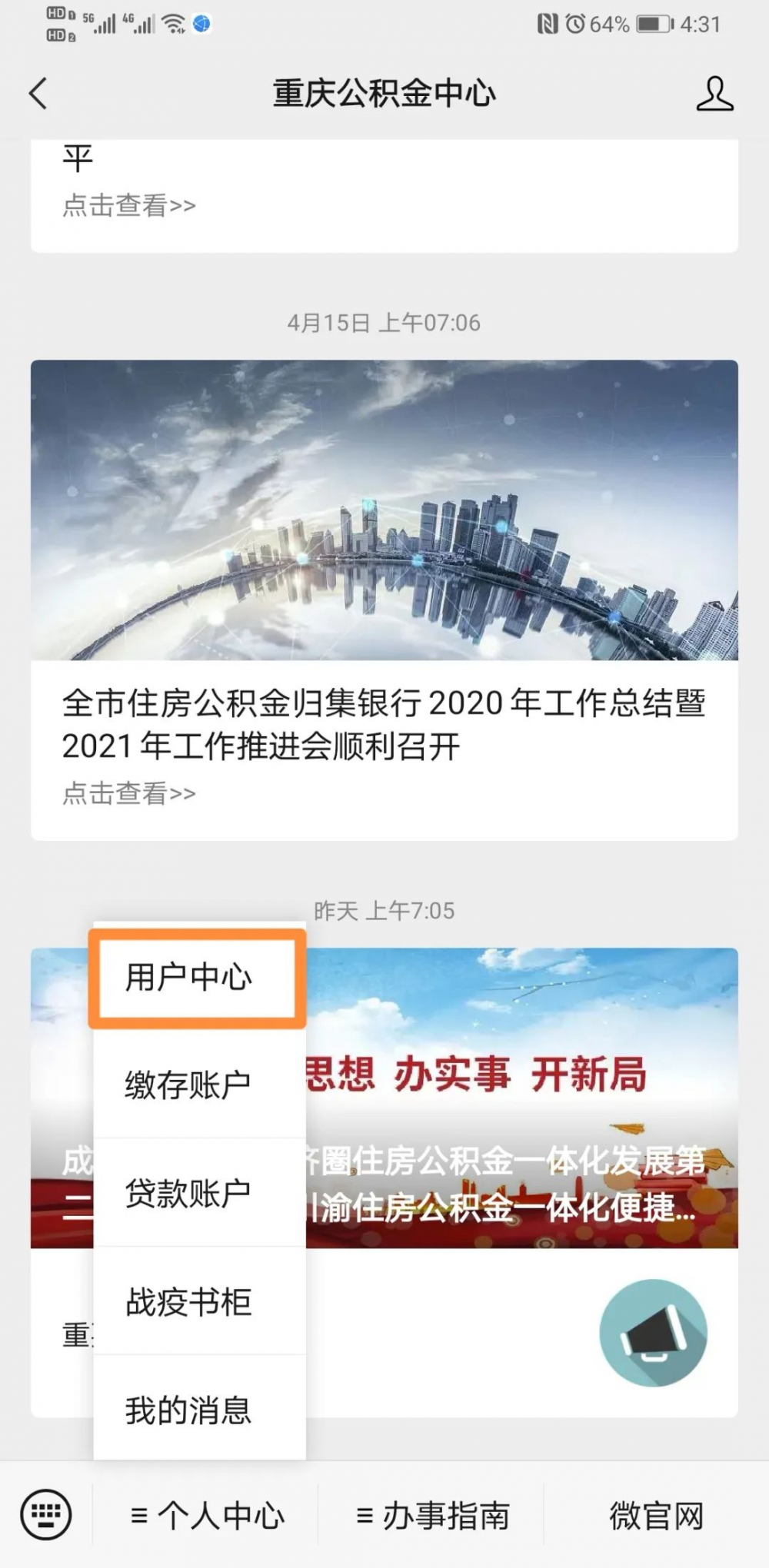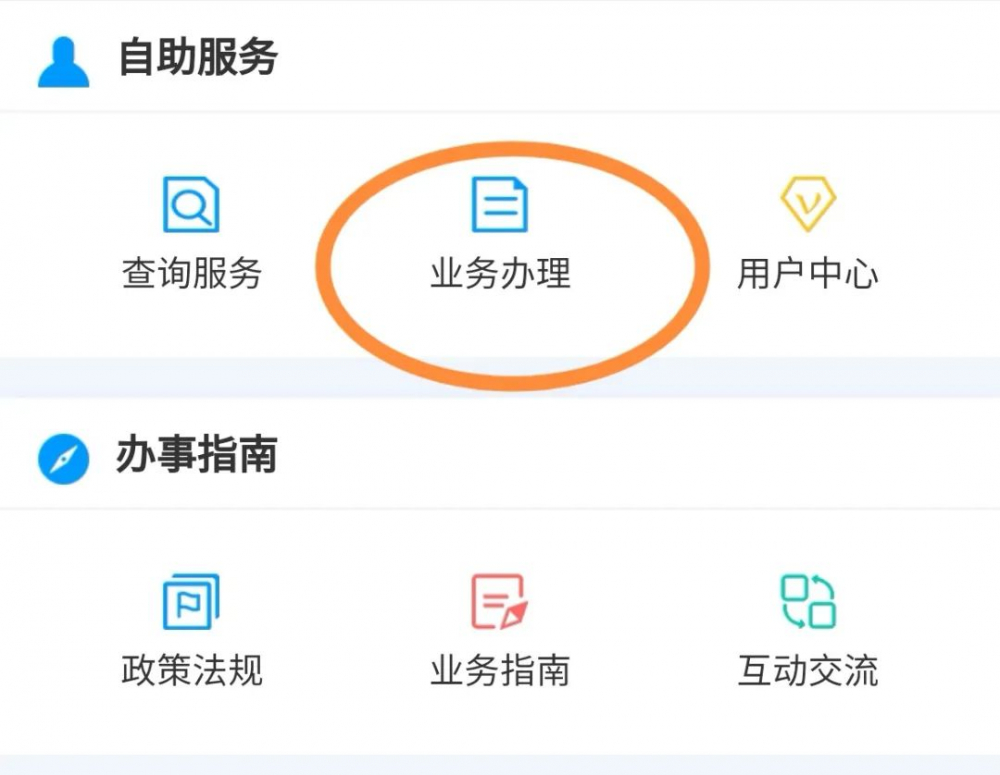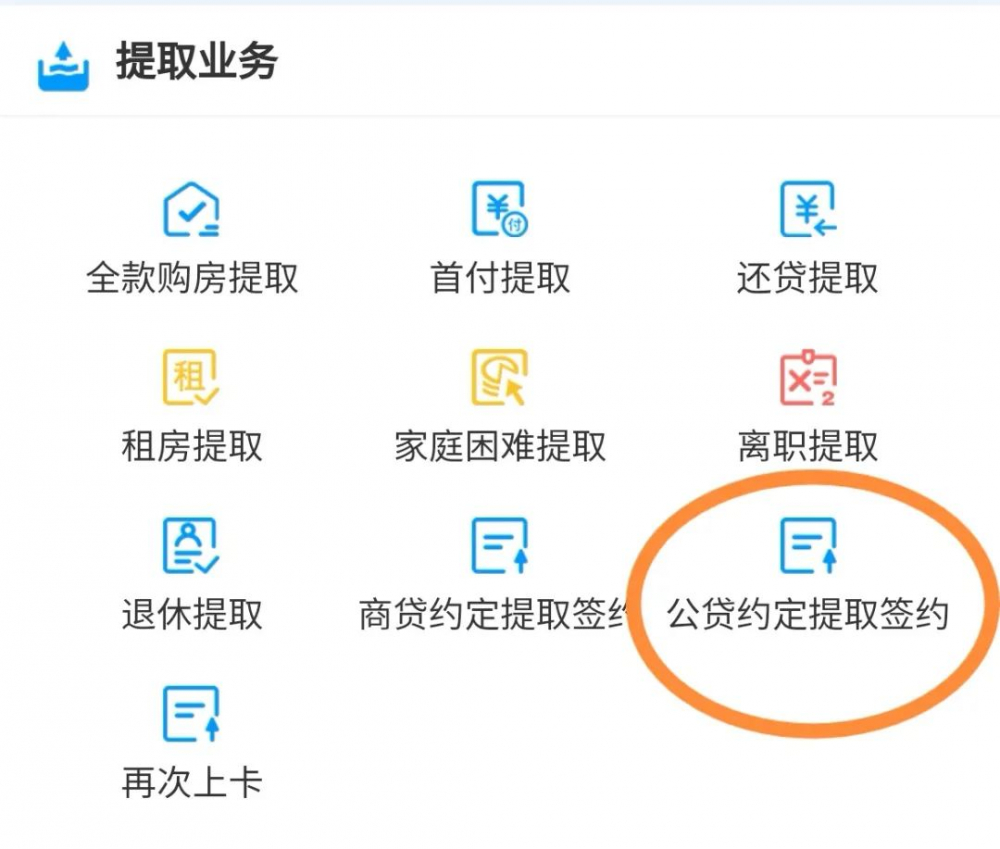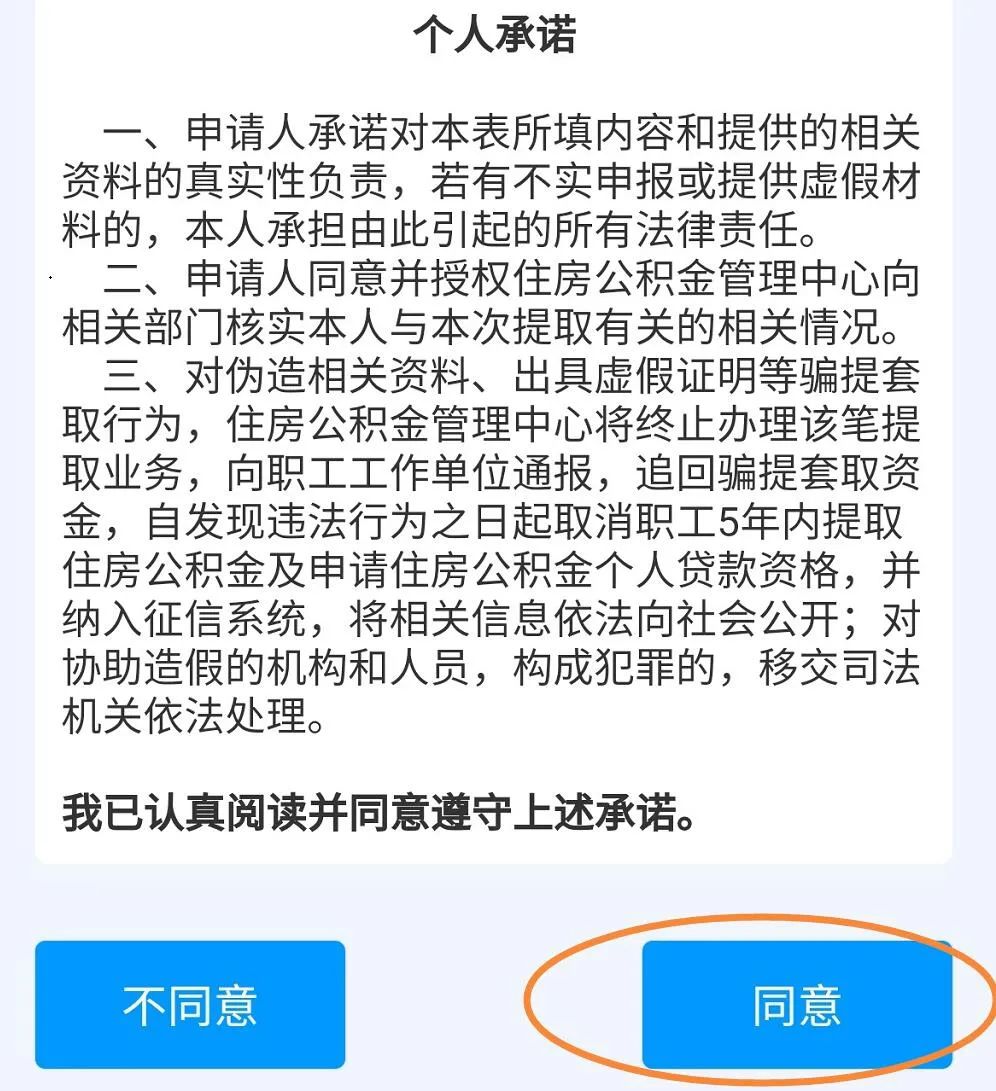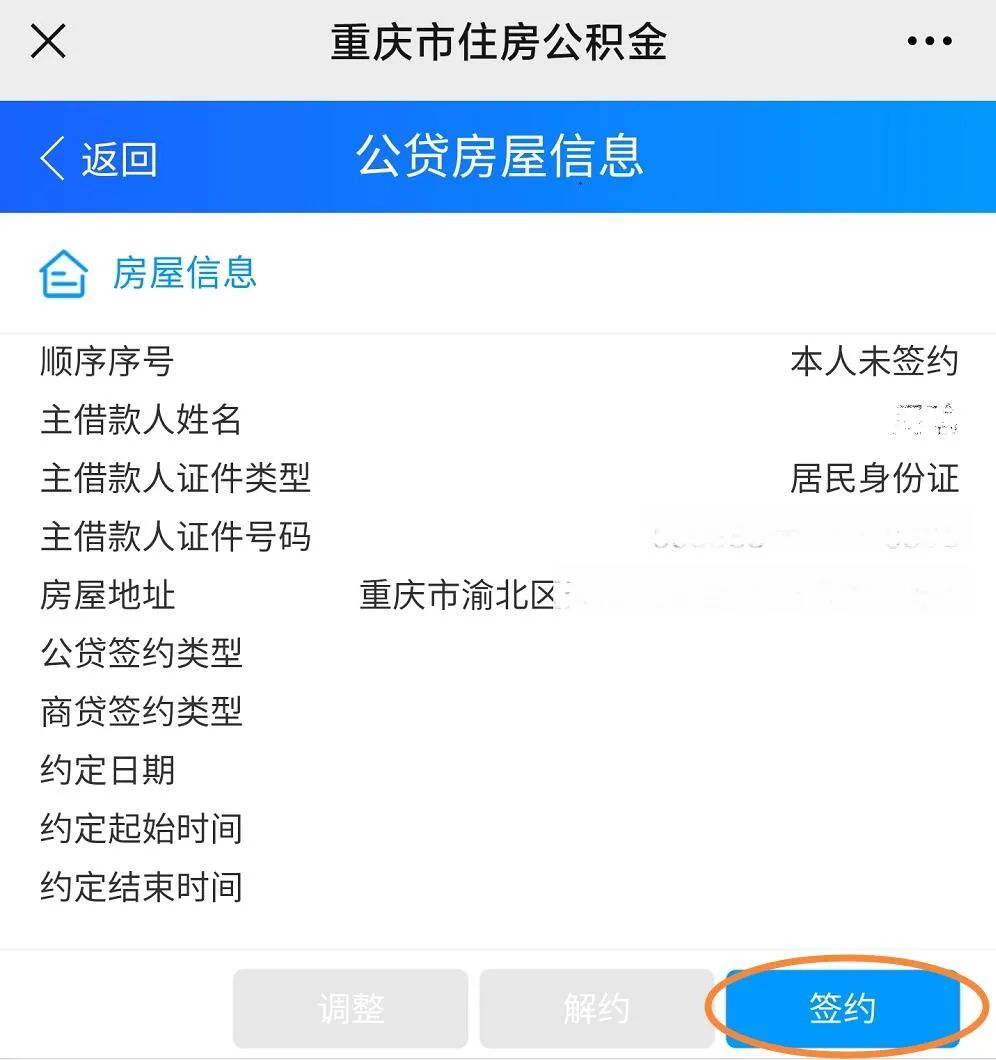On November 17, the 21st Guangzhou International Automobile Exhibition opened at the China Import and Export Fair Complex. The exhibition will last for ten days and bring together the latest masterpieces of many global car brands. There are a large number of new cars on display at this year’s auto show, including nearly 60 world premieres. Interface News has been screened and sorted out 15 models for reference.
Key words: household MPV/8295 chip/dual cavity suspension + rear wheel steering
Xiaopeng X9 officially opened the pre-sale at this Guangzhou Auto Show. The pre-sale price starts from 388,000 yuan. The discounts provided include intention deduction, lifetime quality assurance of the first owner and lock-in of listing rights and interests.
The new car comes standard with dual-cavity air suspension and rear wheel steering. The appearance adopts a slip-back design, and the fold lines are all over the whole car, which is a unique shape. In terms of interior and intelligence, Xiaopeng X9 is equipped with a double-spoke steering wheel, a floating full LCD instrument and a central control car machine with Qualcomm Snapdragon 8295 chip and XOS Tianji system, and three rows of electric seats can be folded. The high-end version is equipped with dual lidar, which can realize high-speed/urban navigation auxiliary features.
In terms of power and battery life, Xiaopeng X9 provides single-motor and dual-motor versions, with a maximum power of 319 horsepower for a single motor, the same 319 horsepower for the front motor of the dual motor, and 183 horsepower for the rear motor. New carEquipped with 84.5kWh and 101.5kWh battery packs, it offers three battery life versions up to 702km.
Keywords: mid-size car/229,900/Krypton first car
Extreme Krypton Auto’s fourth model, Extreme Krypton 007, officially opened pre-sale at the Guangzhou Auto Show, starting at 229,900 RMB, providing a deposit deduction of 1,000 yuan.
The vehicle is built on the PMA2 + platform and is positioned as a mid-size sedan. It integrates some of the hottest technologies in the electric vehicle market, including an 800V electrical architecture, a Snapdragon 8295 chip, a dual-winged front independent suspension, and lidar.
The headlights are one of the highlights of the new car. They are equipped with an integrated light screen and provide custom lamp language settings. In addition, they are also equipped with double fork arm front independent suspension and 3 lidars to enhance product power.In terms of power, the polar krypton 007 is based on the 800V architecture and is equipped with a silicon carbide rear motor. The power of the single motor version is 421 horsepower; the power of the front and rear motors of the dual motor version is 224 horsepower and 421 horsepower respectively, and the acceleration time of the four-wheel drive model is 2.84 seconds. The standard battery life version CLTC has a comprehensive battery life of 688km, and the super long battery life version CLTC has a comprehensive battery life of 870km.
Key words: pure electric MPV/ideal first pure electric type/Ningde 5C Kirin battery
Li Auto’s first pure electric product, Ideal MEGA, was officially unveiled and opened for blind ordering. It is expected to be priced within 600,000 yuan. The new car is based on the PMA2 + platform and is positioned for medium and large MPV models. The new car is equipped with 800V electrical architecture and Snapdragon 8295 chip.
In terms of design, the ideal MEGA adopts a simple style and is committed to reducing wind resistance. The wind resistance coefficient reaches 0.215 Cd, which is comparable to that of the Taycan car. The car is equipped with three rows of seven seats, the longitudinal length of the trunk is 680mm, and the third row of seats can be folded or turned up, with a maximum depth of 1066mm.
In terms of power, the new car is equipped with 542 horsepower motor, peak torque 542 Nm, zero hundred kilometers acceleration time 5.5 seconds. Equipped with Ningde Times 5C Kirin battery, energy density 170Wh/kg, support fast charging, 12 minutes to supplement 500km battery life. Net end energy consumption 15.9kWh/100km. Ideal also plans to build more than 300 super charging stations, reaching more than 3,000 by 2025.
Keywords: medium and large SUV/24 Spring Festival open reservation/hard shape return
The new generation of domestic Prado was officially unveiled at the Guangzhou Auto Show and will be available for pre-order in the Spring Festival of 2024. The model has been launched in the North American market, starting at $50,000, about 360,000 yuan.
The new Prado design returns to the classic, offering a regular version of the square lamp and a 1958 classic version of the round lamp, body sizeIt has entered the field of medium and large SUVs, similar to the LC200 Land Cruiser. The interior features a modern design, with a 12.3-inch central control display and a full LCD instrument panel.
In terms of driving assistance, equipped with the TSS 3.0 system, the functionality is greatly improved. In terms of power system, the domestic version adopts the T24A-FTS gasoline 2.4T hybrid system, which is matched with an 8-speed automatic transmission, with a maximum power of 330 horsepower and a peak torque of 630 Nm. ForOther markets,Prado hiProvide 2.4T gasoline version, 2.8T diesel light mixed version, 2.8T diesel version, 2.7L gasoline version and other power options.
Keywords: mid-size SUV/Zero Running The first global product
Zero RunNew SUV models were unveiled at the Guangzhou Auto ShowC10,New car for the companyThe first global product under the LEAP 3.0 technology architecture,Equipped with four-leaf clover central integrated electronic and electrical architecture and other technologies.
The Zero Run C10 is positioned as a medium-sized pure electric SUV. In terms of power, it is equipped with a drive motor with a maximum power of 170 kW. In terms of battery technology, it adopts CTC 2.0 battery chassis integration technology and is equipped with a lithium iron phosphate battery pack, which ensures excellent power performance and battery life.
In terms of intelligent assisted driving, the C10 is loaded withautonomyThe developed Lingxin 01 intelligent driving chip is close to the L3-level intelligent driving assistance function and is equipped with roof lidar.The remaining configurations includeComfort features such as panoramic canopy and rear privacy glass.
Key words: medium and large cars/45 to 540,000 yuan/Chinese version models more than 11 luxury configurations
On the first day of the Guangzhou Auto Show, the new generation E-Class of Beijing Benz officially opened for pre-sale, with a price range of 45 to 540,000 yuan. The model has undergone significant design updates, especially the front face part, which adopts the technological Mercedes-Benz logo grille. The domestic version has an increased wheelbase compared to the overseas version, which is longer than 3 meters, aiming to provide a spacious rear row space.
The new generation E-Class adopts the hidden door handle design for the first time, and the interior adopts the latest family design. The third-generation MBUX intelligent human-machine interaction system of the car and machine. The domestic Mercedes-Benz E-Class is the first luxury brand model equipped with Qualcomm 8295 smart cockpit chip. It integrates a variety of popular APPs to improve the experience and integration. The E-Class in the Chinese market has added 11 luxury and comfortable configurations, such as extended rear seats, electric adjustable leg braces and surround ambient lights. In terms of intelligence, it realizes L2 +-level navigation-assisted driving, supports high-speed and urban expressway autonomous driving functions, and is more adaptable to local driving conditions.
Key words: medium and large cars/the first pure electric 5 series/launched in early 24
New BMW 5 Series Long Axle EditionAt the Guangzhou Auto ShowWorld premiere, and at the same time launched the first pure electric version of the 5 Series i5 in history. The new car uses the fifth-generation BMW eDrive electric drive technology, including battery preheating management and support for high-power charging, with a range of up to 700 kilometers. The new BMW 5 Series is scheduled to go on sale at the end of January 2024, and deliveries will begin one after another.
In terms of power, the BMW i5 is available in both Drive 40 and M60 xDrive configurations. The Drive 40 version is equipped with a rear motor, with a maximum output of 340 horsepower and a peak torque of 430 Nm. The Zero 100km acceleration time is 6.0 seconds, and the top speed is 193km/h. The higher-performance M60 xDrive version is equipped with dual motors, with a maximum output of 601 horsepower and a peak torque of 820 Nm. The Zero 100km acceleration time is 3.8 seconds, and the top speed is limited to 230km/h.
Key words: medium and large vehicles/vast architecture/Integrated luminous front face
At the 2023 Guangzhou Auto Show, Geely Automobile showcased its fully electric mid-size sedan, the Galaxy E8, based on the SEA’s vast architecture. This architecture is a new electric vehicle platform independently developed by Geely Automobile, which is highly modular and flexible to adapt to the development needs of different types of electric vehicles. New carequipThe world’s first mass-produced integrated luminous front face,OkAchieve a variety of luminous effects.
In terms of power, the Galaxy E8 is purely electric.The top model isDual motor four-wheel drive system, the maximum power of the front motor is 222 horsepower, and the rear motor is 418 horsepowerThe combined output is close to 647 horsepowerThe model is the first sedan based on the SEA’s vast architecture, which has been used in several SUVs and MPVs such as the Krypton 001 and Lotus ELETRE.
Keywords: medium-sized SUV/new energy series first model/16.69 to 188,900 yuan
Jietu brand unveils new mid-size SUVModelShanhai L9,The new car isThe first model of Jietu’s new energy product series, using Kunlun off-road platform and Kunpeng C-DM technology, has been launched inbeforeListed on the 14th.new carFour models are available in the price range of 16.69.to188,900 yuan. The body design is inspired by mountains and seas and is available in six exterior colors.
The interior is surrounded by a horizontal design, equipped with a full LCD instrument panel and a 15.6-inch central control screen. The interior is available in two color schemes: spring green and dark black. The car system is equipped with Qualcomm Snapdragon 8155 chip and equipped with L2 intelligent driver assistance system.In terms of power, Shanhai L9 adopts Kunpeng super hybrid C-DM technology, with a maximum power of 155 horsepower, a peak torque of 220Nm, and a maximum power of 268 horsepower for dual motors. Systemmaximum comprehensivePower 424 horsepower. Equipped with Guoxuan Gaoke ternary lithium battery pack, pure electric battery life is 108km, and comprehensive battery life is 1100km.
Key words: medium-sized car/or equipped with Xiaopeng car machine
The ID.7 VIZZION, an all-electric mid-size sedan owned by FAW-Volkswagen, made its debut at the Guangzhou Auto Show and is based on the MEB platform. It is regarded as an "electric version of Maiteng". The new car faces competitors such as Tesla Model 3, Xiaopeng P7, and BYD Han. It enhances its youthful image with a hatchback tailgate and a slip-back design.
In terms of interior, the ID.7 VIZZION adopts a new design language, is equipped with a slender full LCD instrument, and the 15-inch center console is tilted towards the driver’s side, retaining the air conditioning adjustment panel. In terms of intelligence, it is equipped with the ID. OS 2.0 car system(Domestic models may have XPeng Motors participating in the development of vehicles)Travel Assist 3.0 intelligent driver assistance system and hidden intelligent air conditioner, AR-HUD assisted driver information display. In terms of power configuration, single motor and dual motor are provided, with a maximum output of 204 horsepower for a single motor and a maximum output of 313 horsepower for a dual motor.
It should be noted that more than half a year has passed since the ID.7 was unveiled, and in the face of the Model 3, P7i and other models that have been revamped, the time window left for the public is narrowing.
Keywords: Huawei Smart Choice Car The first sedan/over 10,000 reservations
Huawei Smart Choice Car Business’s first sedan, Smart S7Also participated in this Guangzhou Auto Show. Zhijie S7 is a product cooperated by Huawei and Chery Automobilemedium and largeCar, the body length is about 5 meters, the wheelbase is 2.95 meters, the design is simple and technological, and the wind resistance coefficient is 0.203. Built on the Chery E0X high-end intelligent electric platform, with a battery life of more than 800km and an 800V high-voltage charging platform.
Yu Chengdong said,Huawei Smart S7 is committed to surpassing Model S in intelligence, safety, comfort and performance. Its intelligent cockpit system features include Hongmeng 4.0 cockpit capability and Pangu model to enhance human-machine interaction experience. Equipped with Huawei ADS 2.0 high-end driver assistance system, it will open the national urban pilot service before the end of the year, adding intelligent driving unmanned parking function, support for off-vehicle control and automatic parking search.currentlyThe S7 has received more than 10,000 bookings.
Keywords: Wuling’s first car/9.38 to 109,800 yuan/plug-in hybrid, pure electric optional
Wuling StarlightexistThe Guangzhou Auto Show announced its pre-sale price, launching two models, the 70 Standard Edition and the 150 Advanced Edition, with a pre-sale price of 9.38.toBetween 109,800 yuan.
In terms of interior, Wuling Starlight offers two interior color schemes: dark black and light sand, equipped with a double-spoke multi-function steering wheel, a suspended large-size central control screen and an LCD instrument. In terms of riding space, the front seats can be reclined 180 ° and connected to the rear seat cushions to form a lounge chair, and the rear aisle is 390mm wide. The trunk space is 540L, and there is a 33L hidden storage compartment below.
In terms of power, the pure electric version is equipped with a maximum power of 1.36 horsepowerElectric motor; plug-in hybrid version with 1.5L engine and electric motor, engineMaximum power106 horsepower.
Keywords: crossover/29.99 to 399,900 yuan/insured price
On the eve of the Guangzhou Auto Show, Polaris announced that its new Polaris 4 will be delivered in the Chinese market in December, with a price range of 299,900 to 399,900 yuan.The model will be insured until December 31, 2024.
Polaris plans to launch a phone designed by Meizu and Gothenburg’s Polaris team, powered by the Polaris operating system and built on the Fly-me Auto platform. The phone will be seamlessly connected to the Polaris 4, providing software sharing, network connectivity and other functions.
In terms of power, Polaris 4 offers single-motor and dual-motor versions, with a maximum power of 400kW, about 542 horsepower, a 102kWh battery, a zero-kilometer acceleration of 3.8 seconds, a battery life of 500 to 600km, and a maximum cruising range of 709km under CLTC conditions.
Keywords: large SUV/Huawei blessing/expected 50 to 600,000 yuan
At the 2023 Guangzhou Auto Show, AITO officially showcased the new model Q Jie M9, which has been pre-sold. The price of the extended range version and the pure electric version is expected to beFinallyAt 50.to600,000 yuan, is expected to be listed in December.
The M9 is positioned as a large SUV and adopts the design language of "Kunpeng Spreading Wings".The overall style emphasizes luxuryClosed front face and polygonal headlight seteye-catching shape,equipSmart lightshaveBoost interactivity with straight side lines, hidden door handles and low drag rims to optimize drag to 0.26cd.
The interior adopts a triple screen layout, integrated AR HUD function, and wood grain trim panels are added to the door panels and other places. Equipped with smart assistant, Hongmeng 4.0 cockpit, Huawei ADS high-end automatic driving assistance, etc.In terms of power, the Qjie M9 is available in both extended range and pure electric versions. The peak power of the pure electric model is 216 horsepower and 311 horsepower.It is worth noting that this Guangzhou Auto Show Hongmeng Zhixing exhibited at an independent booth for the first time
Keywords: supercar/Lamborghini’s last V10 self-priming model/Asia-Pacific debut
Lamborghini celebrated its 60th anniversary at the 2023 Guangzhou Auto Show with the launch of the Huracán Tecnica 60th Anniversary Limited Edition, a limited edition of 60 cars. The model marked the debut of Lamborghini’s last all-fuel V10 model and its Asia-Pacific debut.
Externally, the body is decorated with smooth green latte flowers, following the characteristic shape of Huracán Tecnica. The front envelope has a three-pronged ventilation opening, and the front diverter is equipped with a baffle to improve downforce and cooling. There are 60 numbers on the side, and 20-inch bright black wheels with red brake calipers.
In terms of power, it is equipped with a 5.2-liter naturally aspirated V10 engine with a maximum power of 640 horsepower and a maximum torque of 565 Nm. It is matched with a 7-speed dual-clutch transmission and a four-wheel drive system, and the acceleration time of zero hundred kilometers is only 3.2 seconds. The new car adopts a recalibrated Lamborghini LDVI vehicle dynamic control system, multiple driving modes, specially adjusted suspension settings, rear wheel steering and an optimized brake cooling system to improve road and track driving performance.
